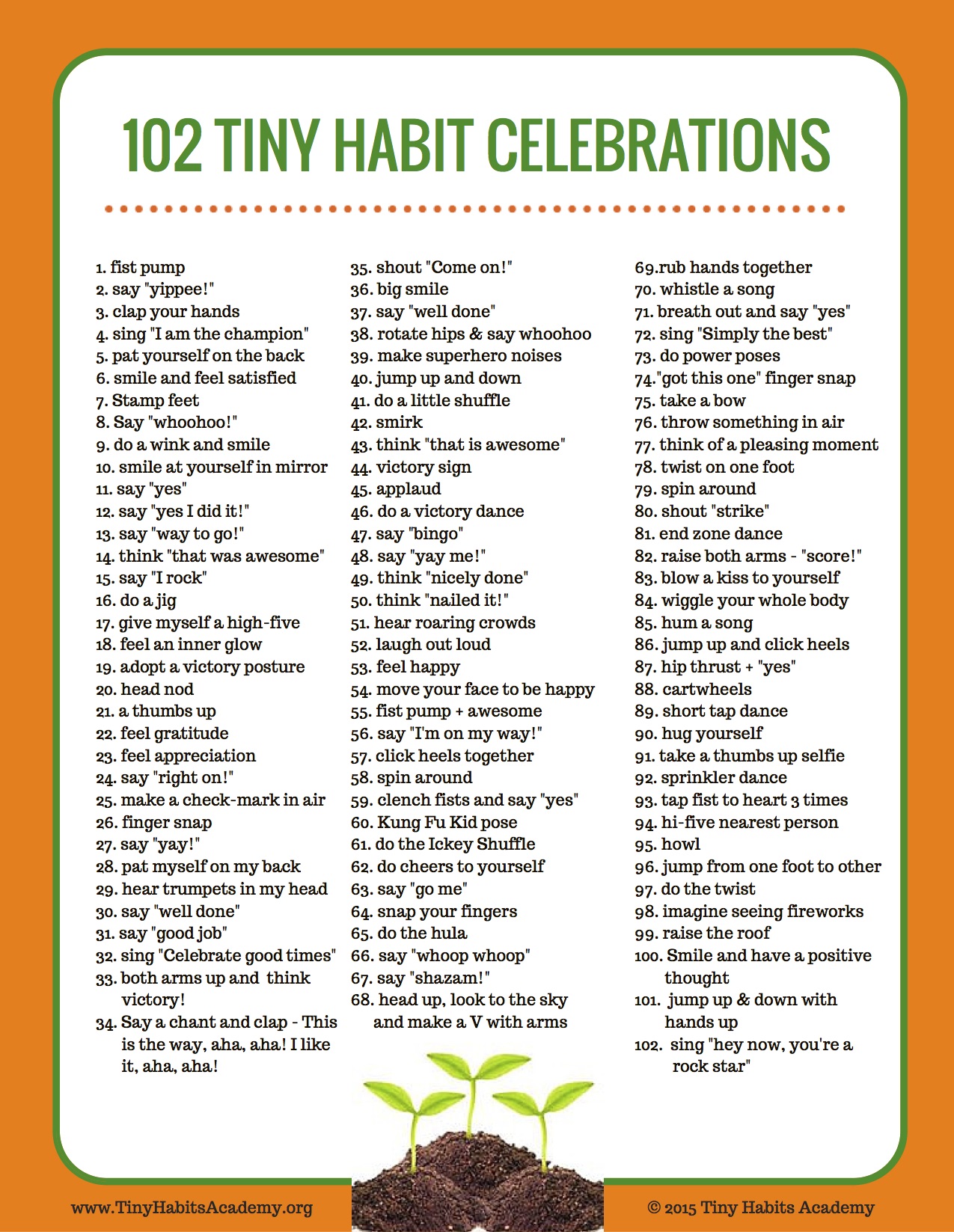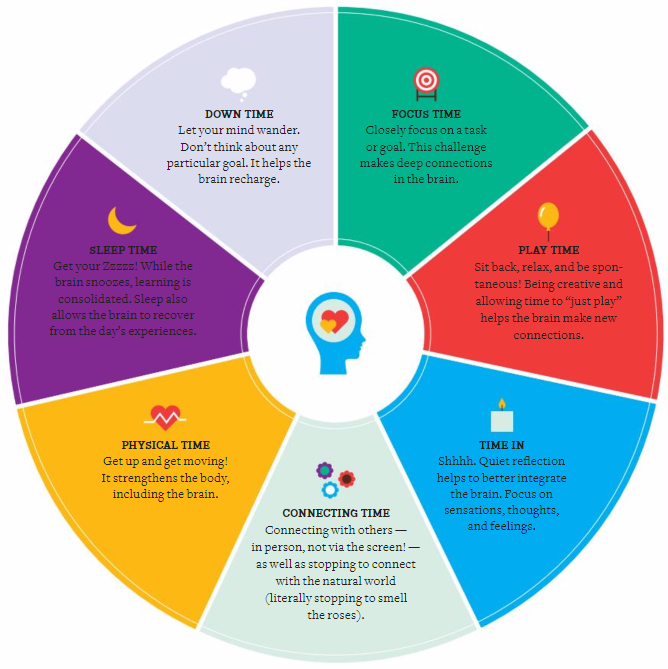The Healthy Mind Platter is a great foundation to start the year. Get this right and the body and healthy habits will follow.
New Year’s resolutions are fraught with failure, yet if we look at ourselves holistically then we can begin to develop healthy habits. The healthy mind platter developed David Rock and Dan Seigel gives a fundamental framework to develop rituals that are sustainable.
“The Healthy Mind Platter has seven essential mental activities necessary for optimum mental health in daily life. These seven daily activities make up the full set of ‘mental nutrients’ that your brain needs to function at it’s best. By engaging every day in each of these servings, you enable your brain to coordinate and balance its activities, which strengthens your brain’s internal connections and your connections with other people.“
Elements of the Platter
The seven essential daily mental activities are:
- Connecting Time: When we connect with other people, ideally in person, or take time to appreciate our connection to the natural world around us, richly activating the brain’s relational circuitry.
- Physical Time: When we move our bodies, aerobically if possible, which strengthens the brain in many ways.
- Time In: When we quietly reflect internally, focusing on sensations, images, feelings and thoughts, helping to better integrate the brain.
- Play Time: When we allow ourselves to be spontaneous or creative, playfully enjoying novel experiences, which helps make new connections in the brain.
- Focus Time: When we closely focus on tasks in a goal-oriented way, taking on challenges that make deep connections in the brain.
- Down Time: When we are non-focused, without any specific goal, and let our mind wander or simply relax, which helps our brain recharge.
- Sleep Time: When we give the brain the rest it needs to consolidate learning and recover from the experiences of the day.
Your Healthy Mind Platter Exercise
- Outline the elements of the healthy mind platter and needs
- Brainstorm ideas for each element, allowing the ideas to simply flow without analysing. Write them down.
- Evaluate Solutions that meet your needs
- Choose solutions and times of the day that are most suitable for you to do this
- Implement Solutions
- Celebrate Your Victories after every solution implemented. Remember you are changing the brain, and body – so take time to celebrate your awesomeness. Here’s a few ideas: https://www.wellthyboss.com/tiny-habits-w-bj-fogg-linda-fogg-phillips/
- Check Results weekly – make a time each week to check in and evaluate whether the solutions need to be updated

Start with Tiny Habits
We are bound to fail if we set our goals too high too fast without clear ideas how to support the habits changing and reinforcing the changes. We may have the motivation to start with but not the ability to do it or the trigger to develop the habit.
BJ Fogg outlines 15 ways to change behaviour over a long term period https://www.behaviorgrid.org So of these ideas are:

- Modify your environment: includes your social, work environment
- Make the habit small to start with so that training your body brain to make a habit automatic
- Design not for the outcomes but the behaviour that leads to the outcome, therefore the healthy mind platter is a start to assist this. For instance weight loss there are many behaviours the contribute to the outcome ie stress reduction, eating habits, etc. Creating tiny habits change the end outcome.
- Three things that need to happen to create behaviour change – High Levels of Motivation, ability to do it, Trigger (call to action). These three things together create change.
Develop your Own Format
Including Motivation, Ability and Trigger to develop a new habit you may want to try this:
“After I (existing habit – trigger)………., I will (new tiny behaviour)…………”
Following on from a habit you already have then add a new behaviour.
Tiny habits might be: “After morning coffee I tidy something in the house”. “Every time I walk in the door I will hug my partner”. “I will walk to work from the previous train station”
Remember to celebrate, find one that works for you, after every behaviour that you have changed. The more you do it the more you automate the behaviour.
Combining the Healthy Mind Platter enables you to look at your life, look at what you want to change, break it down into tiny behaviours and put it into right spots in your day combining triggers to remind you, and the behaviour will naturally grow.
Sharing Success
To support those tiny habits changing we would love to hear how you have gone, how you celebrate the little changes and your awesomeness. Add comments below……
_________________________________________________
References
Seigel, D & Rock, David., The Healthy Mind Platter https://psychologyonhay.com.au/wp-content/uploads/2020/04/POHHealthyMindPlatter.pdf
Fogg, B. J. (2012) ‘Forget Big Change, Start with a Tiny Habit’ TedXFremont YouTube https://www.youtube.com/watch?v=AdKUJxjn-R8
Fogg, B.J. ‘Tiny Habits’ https://www.blinkist.com/en/books/tiny-habits-en#:~:text=Brief%20summary,blueprint%20for%20sustainable%20behavior%20change.
Fogg, BJ. ’15 Ways Behaviour Can Change’ https://youtu.be/Sd7xx1n3dl8?si=gCEHnjRZzBTx6W3A
Fogg, B.J. & Fogg, Linda ‘Celebrating tiny Habits’ https://www.wellthyboss.com/tiny-habits-w-bj-fogg-linda-fogg-phillips/



